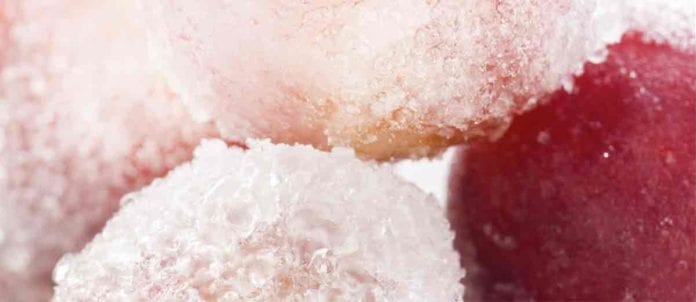For some observers of the industry, the idea of growing grapes and making wine in Ontario is a problematic one. Wes Klassen, sommelier at Bhima’s Warung in Kitchener, Ont., says “that’s ridiculous. Think about the roller-coaster season we had this year with the cold and wet and then at the last minute having several weeks of dry, hotter summer weather.” Clearly, though, the job is getting done: Canadian wines have seen a boost in popularity and quality. “A lot of producers understand they need to focus on what makes sense for the region,” says Klassen. That means Pinot Noir, Chardonnay, Cabernet Franc and Gamay. “And Riesling is a benchmark grape that you see standing the test of time.”
Winemaking pioneer Donald Ziraldo agrees. “I’ve had a few bottles of 2015 Cabernet Franc and they’re fantastic. If you blindfolded people, they’d never guess it’s from where we make great icewines,” Ziraldo says.
Wine writer Natalie MacLean cites the climate as defining the quality of Canadian Cab. Francs and Gamays, but with Chardonnay itself having evolved, “We’re beyond ABC – Anything But Chardonnay,” she says. “With cool Chardonnay, it’s steely and not heavy, buttery and oaky. It’s all about cool climate, which we have in Canada, and those grapes thrive here. They’re delicious and pair well with foods.”
Organic and biodynamic wines are also carving out a niche in the industry and restaurants are building tighter and more refined wine lists with unique blends. “Winemakers are stepping outside the box, doing things differently and experimenting with new varietals,” says Ziraldo.
While wine is building momentum on the East Coast, it’s “exploding” out west, MacLean says. British Columbia has been able to focus strongly on its red-wine production. As for blends, the vagaries of the weather can spur viticulture innovation and some very interesting flavours, according to MacLean. “At Stratus [Vineyards], they change blends every year and use up to 13 different grapes sometimes. It’s a classic wine-making technique that is finding new resonance with Canadian winemakers.”
Many of those wines are finding their way onto restaurant wine lists focused on single-vineyard wineries and producers who are not commonly known. “Lists are smaller and they change much more often, so you don’t tend to see the massive books hitting the table that often any more — unless it’s a place that has deep pockets,” Klassen says.
A NICHE FOR ORGANIC
Organic food is a growing trend and wines are no different. But they have to be good, warns Klassen. “There are some vinophiles and somms who have their fingers on this pulse, but the wine still needs to be well made.”
For MacLean, the idea of organic and biodynamic is not just a marketing strategy, but the pure expression of the land and terroir in a difficult cool climate: it’s one of the fastest-growing categories at the LCBO, she points out. “We have several producers in Canada that excel.”
A venerable and iconic Canadian wine remains an influence in the industry. “Icewine has always been our international, luxury brand that is a great way to open the door,” says Ziraldo, explaining consumers often recognize a region by virtue of a grape or a wine style. “You say Canada, people think icewine.”
Written by Andrew Coppolino


















